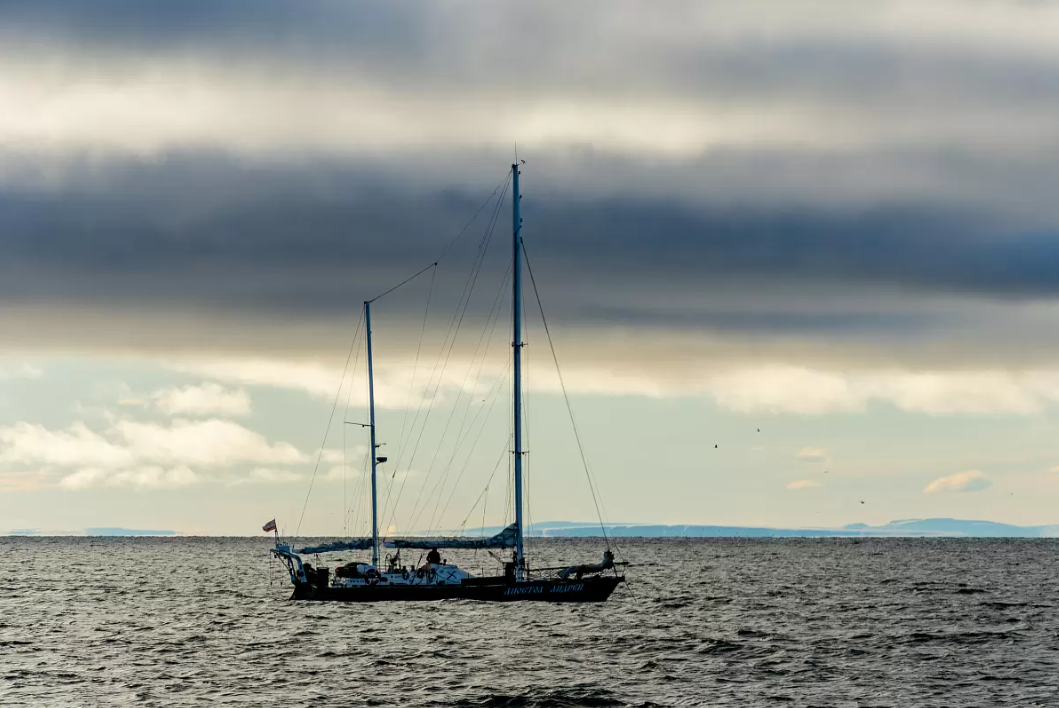
The expedition of the World Fund for Nature and IEE RAS collected unique data on the most poorly studied - the Laptev - walrus subspecies. For the first time, scientists were able to examine pinniped rookeries, take biopsy samples and equip animals with satellite transmitters. The study will allow developing effective measures for the protection of the subspecies listed in the Red Book of Russia.

Experts of the World Fund for Nature and the A.N. Severtsov Institute of Ecology and Evolution of RAS covered more than 1800 nautical miles (about 3300 km) in two weeks on the sailing yacht "Apostol Andrey" (captain N.A. Litau) - from the port of Tiksi to Naryan-Mar. The main work was carried out on the eastern coast of the Taimyr Peninsula and on the islands in the Laptev Sea.
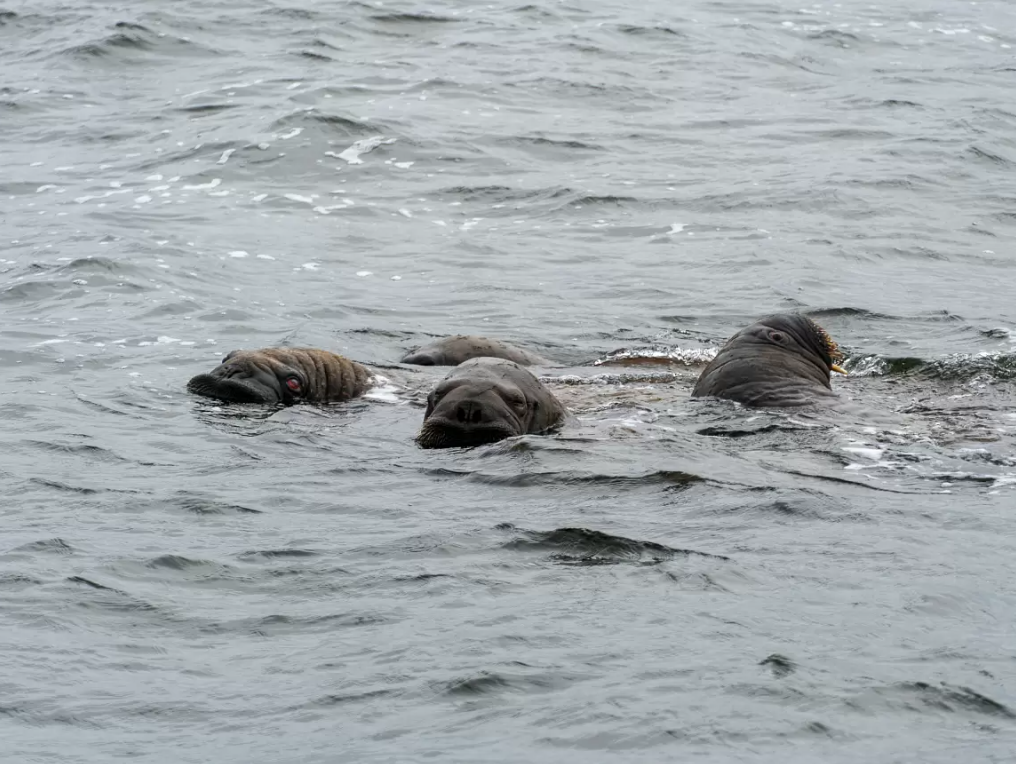
In total, scientists managed to discover and examine five rookeries ranging from 50 to 1000 individuals. Each was filmed using drones so that the exact number of animals could be counted accurately. In addition, scientists were able to take approximately 50 biopsy samples, which is considered a very solid sample pool. Genetic analysis of these samples will finally answer the question of the status of the Laptev walrus subspecies. Experts disagree on whether the Laptev walrus is a separate subspecies (which Russian scientists insist on - it is listed in the Red Book) or is it a population of the Pacific walrus subspecies that lives to the east - foreign experts adhere to such a theory.
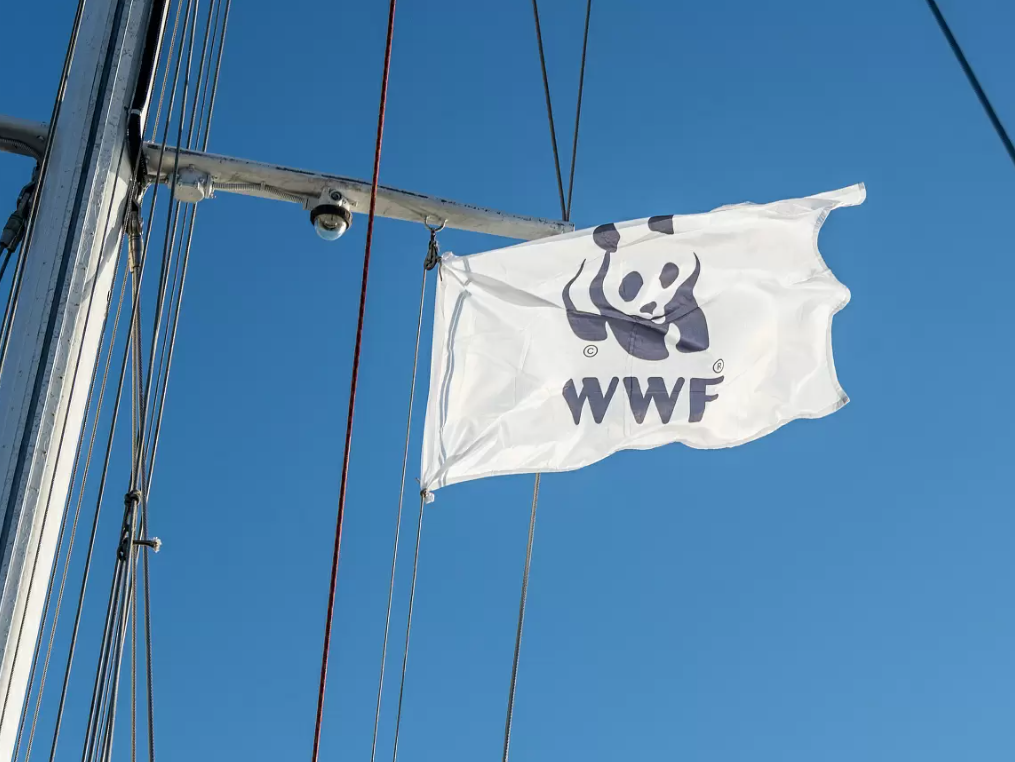
The tissue samples will also be tested for the presence of organic contaminants and heavy metals, which can affect the immunity of animals, their general condition and ability to reproduce. These studies are especially relevant in the context of the development of the Laptev Sea and the active development of navigation on the Northern Sea Route.
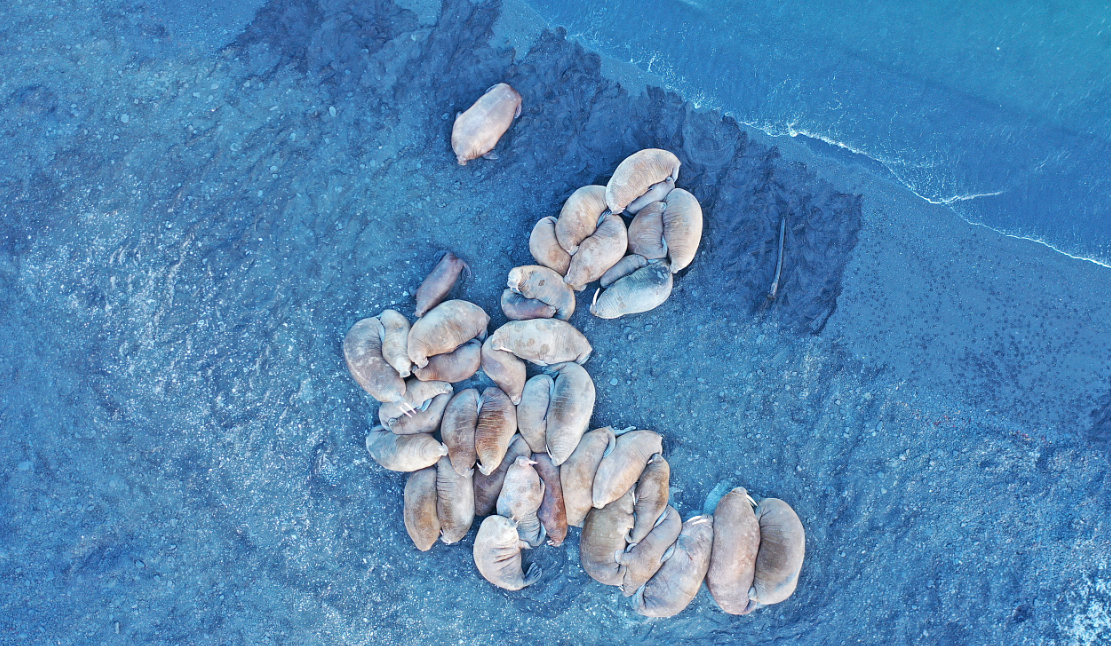
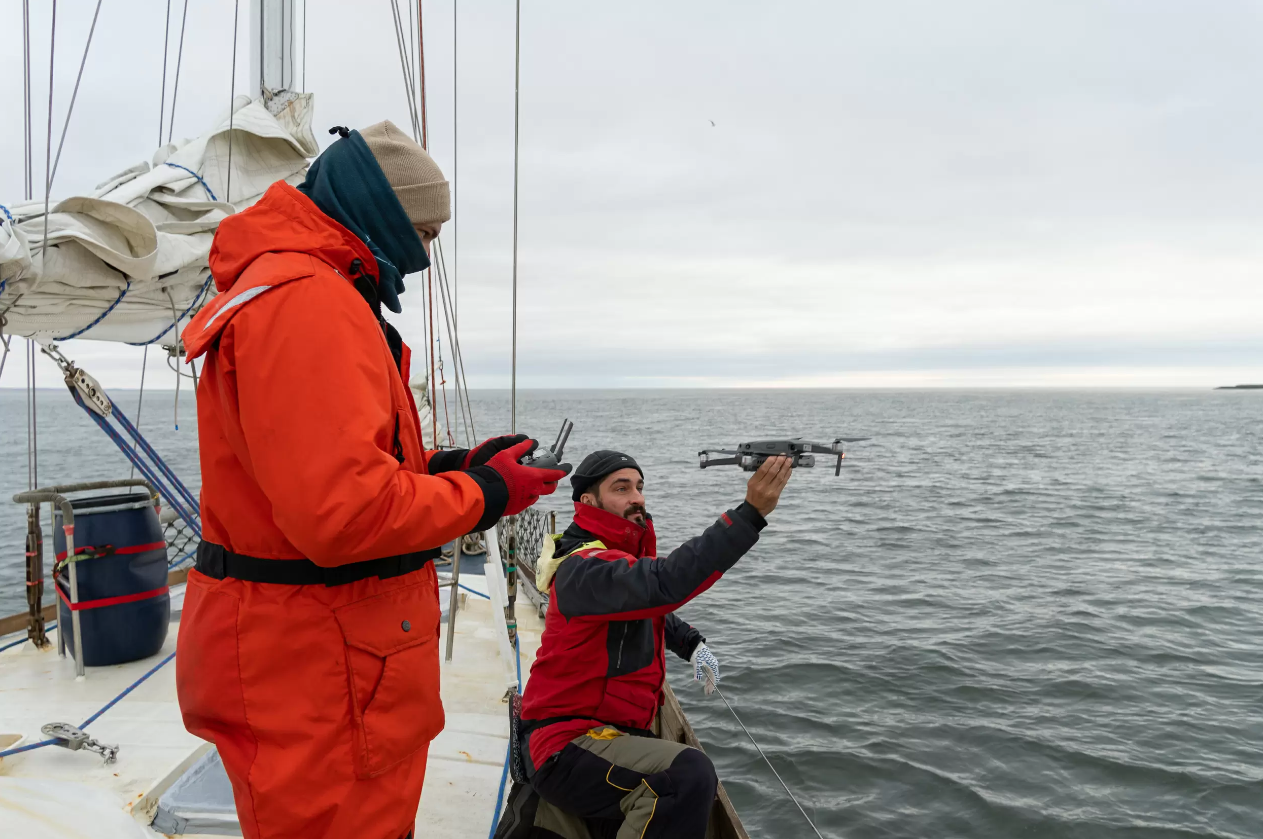
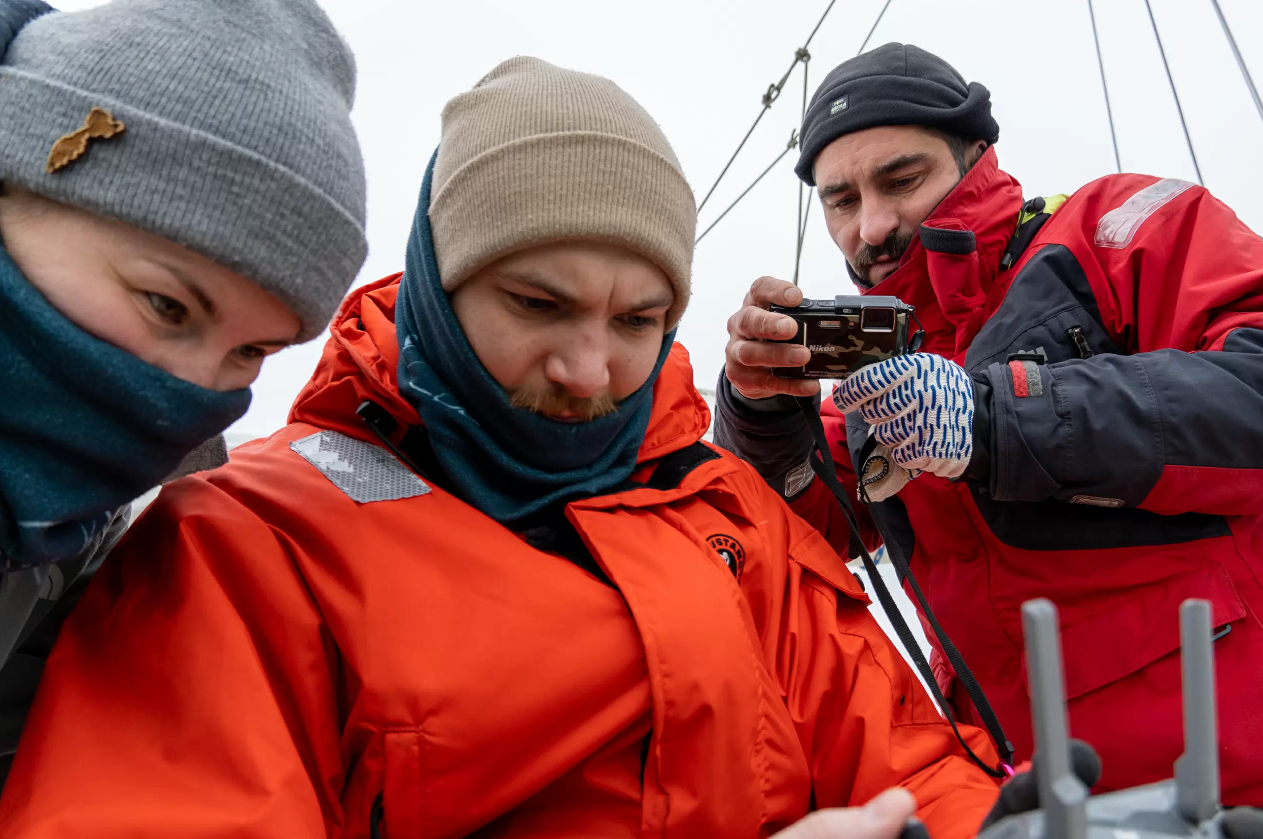
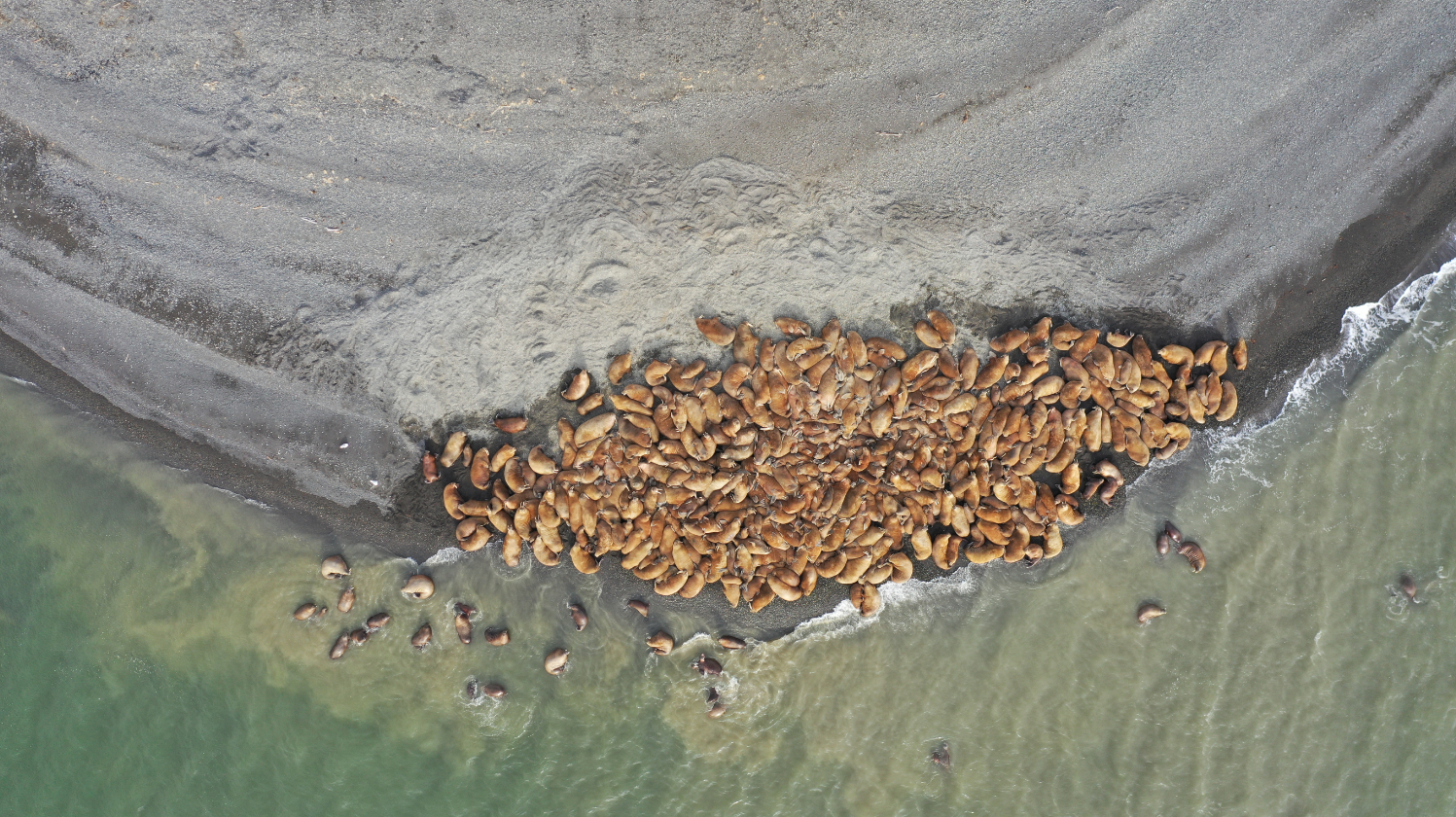
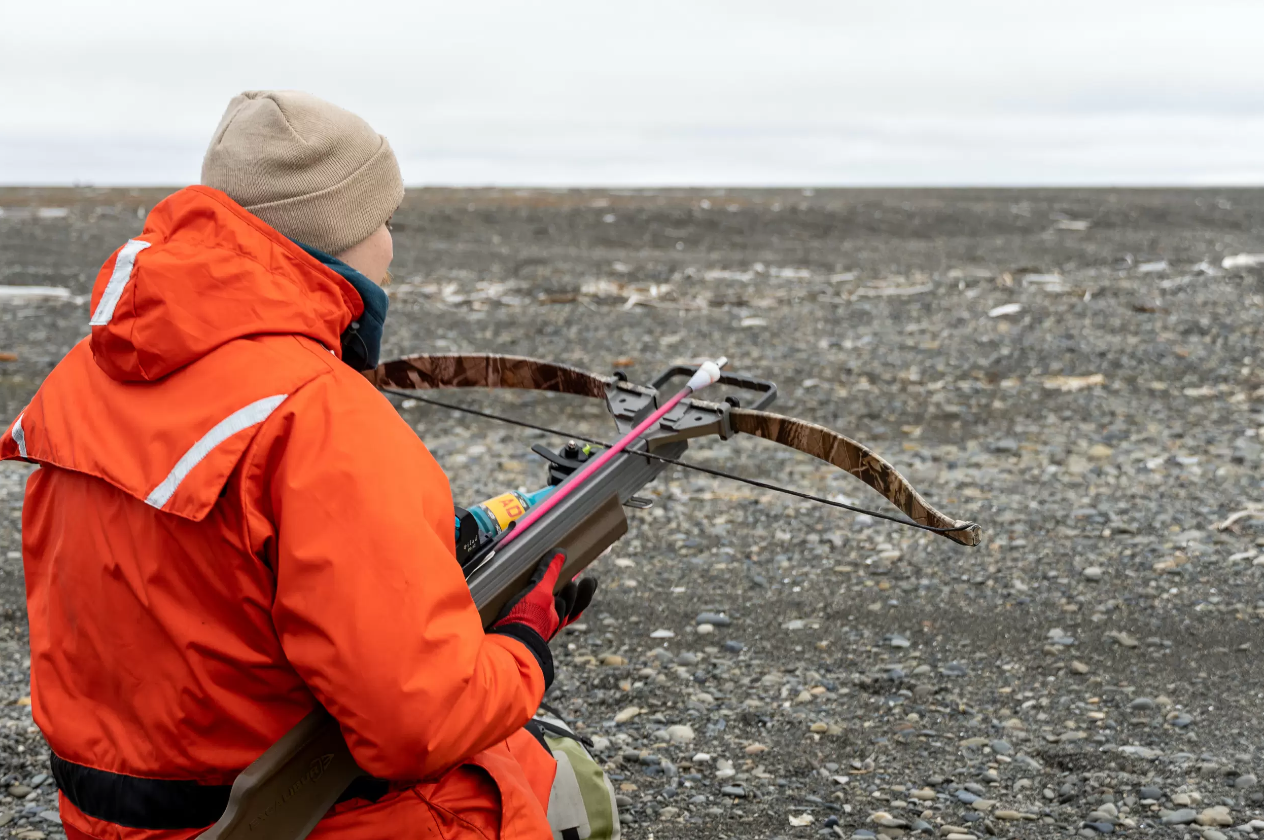
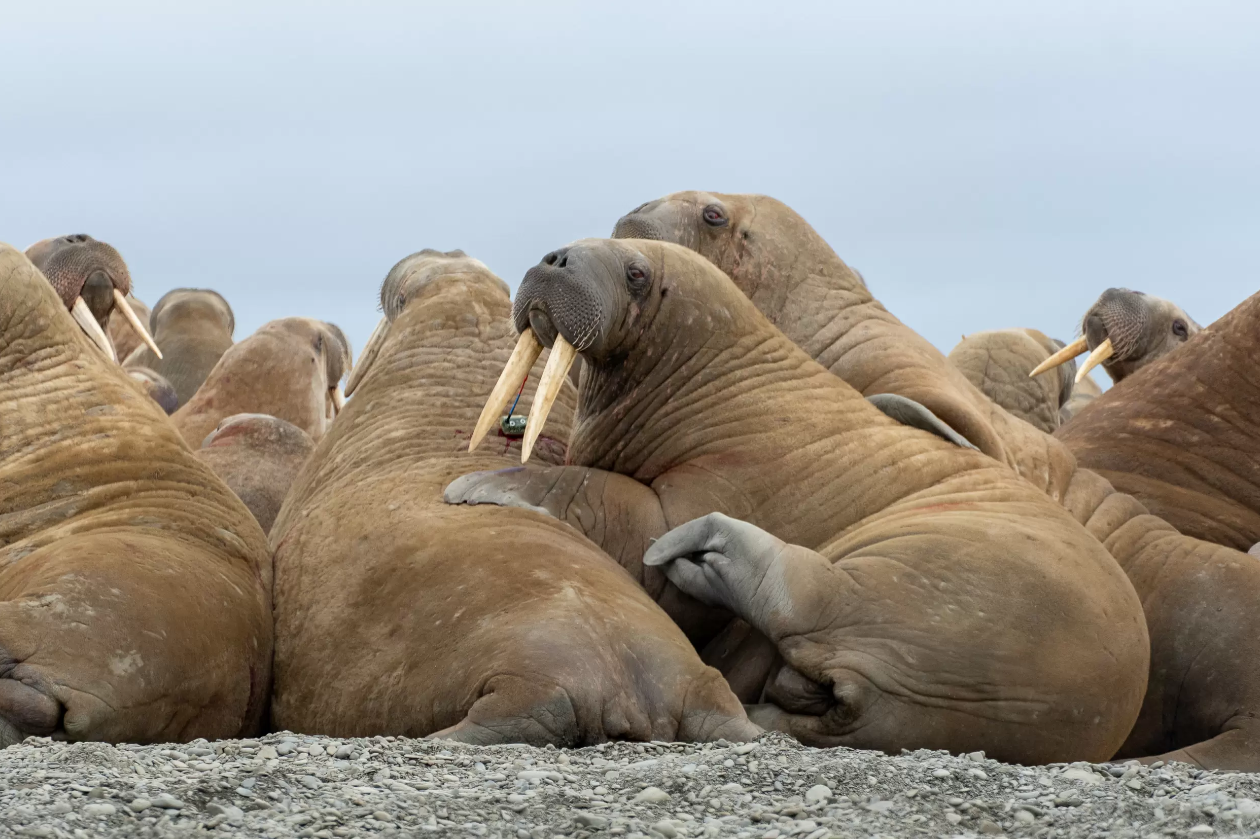
The installation of satellite tags on 15 animals can be considered a great success. A small transmitter allows tracking the movements of walruses. Ideally, it can work for several months, but some walruses manage to get rid of it earlier. This often happens in a rookery, when the walruses lie on the shore, tossing and turning and rubbing their backs against the ground.
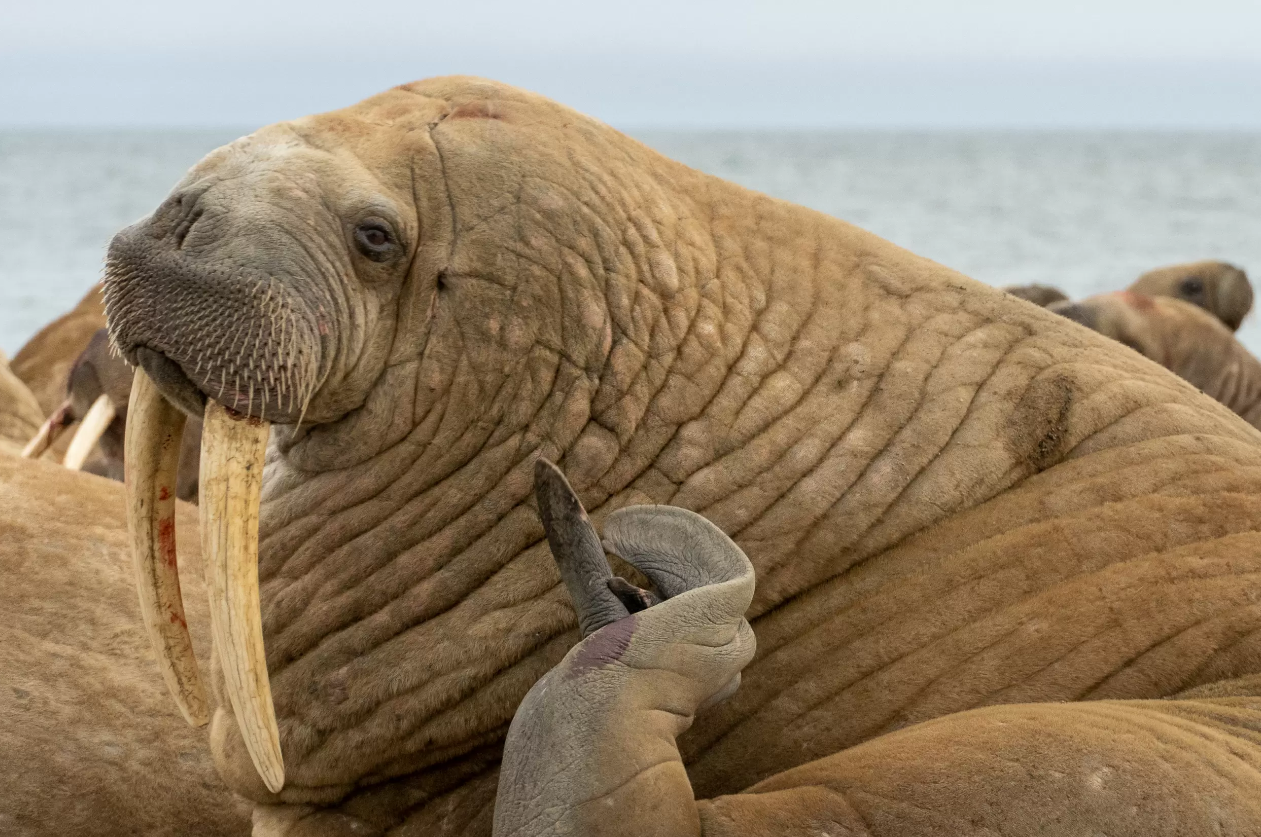
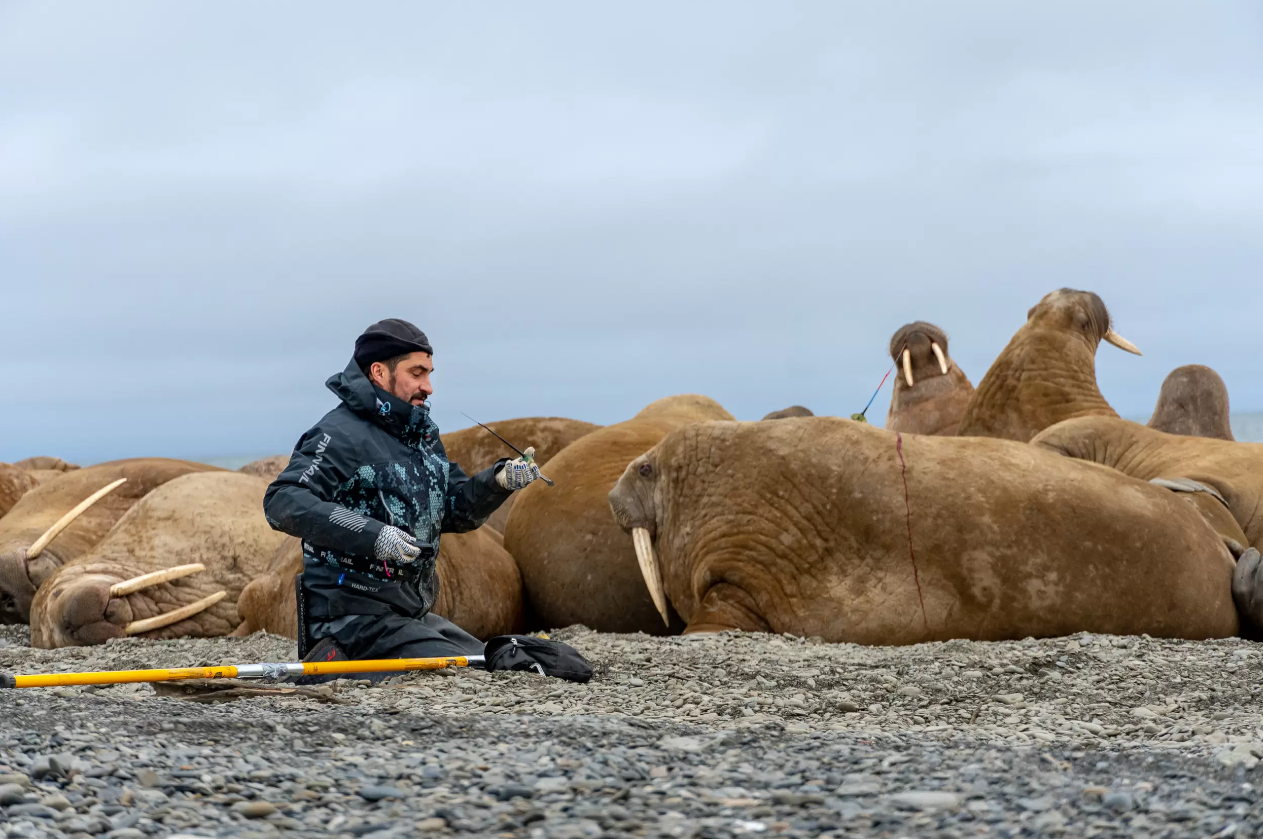

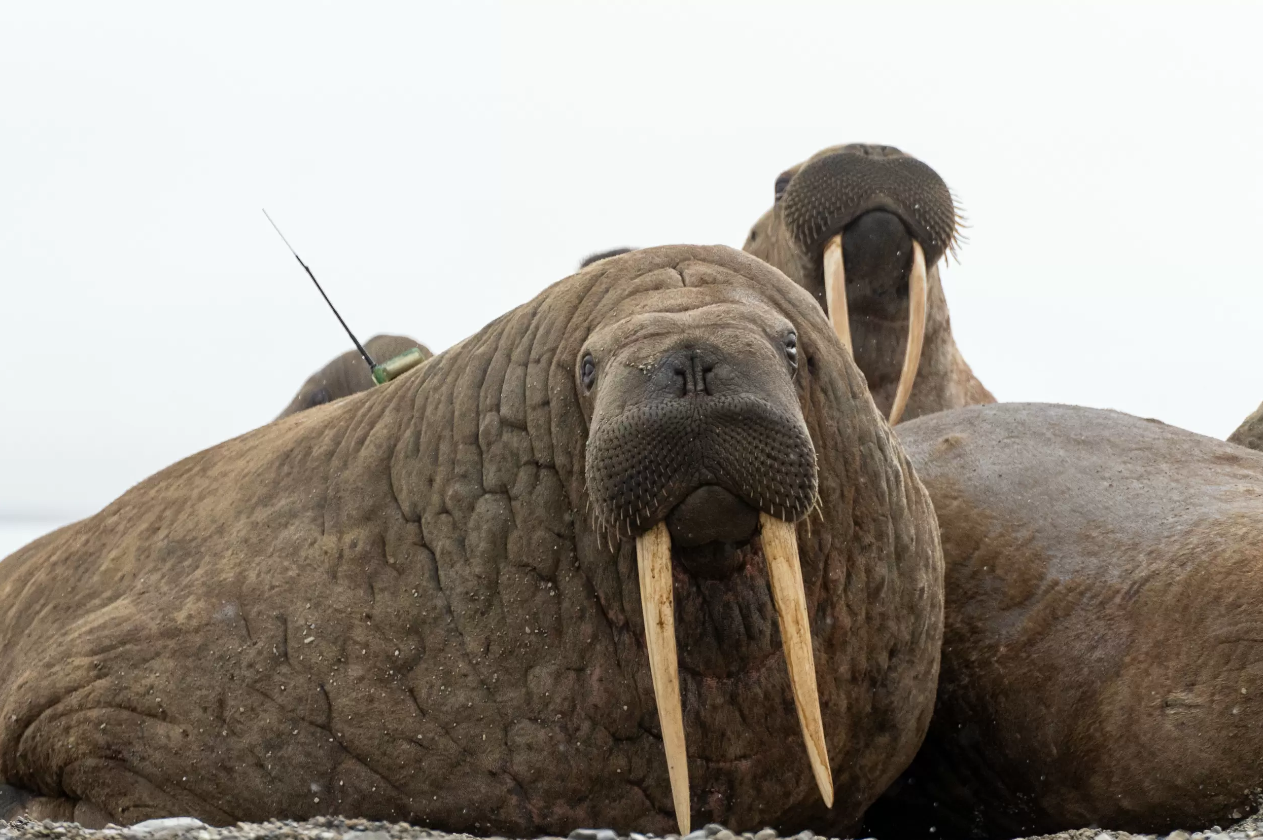
“Satellite transmitters make it possible not only to follow the movements of animals, but to determine habitats that are critical for them. First of all, these are the territories where walruses linger for rest (rookeries) or feeding places. Walruses feed on the so-called "feed banks". This is a shallow area rich in bivalve mollusks, where walruses can comfortably dive and forage for food, - said Svetlana Artemyeva, a researcher at the A.N. Severtsov Institute of Ecology and Evolution RAS. – It is these key areas that need special attention and control over economic activity. In the future, the key habitats of walruses should fall within the specially protected natural areas, and other conservation measures should be applied to them.”
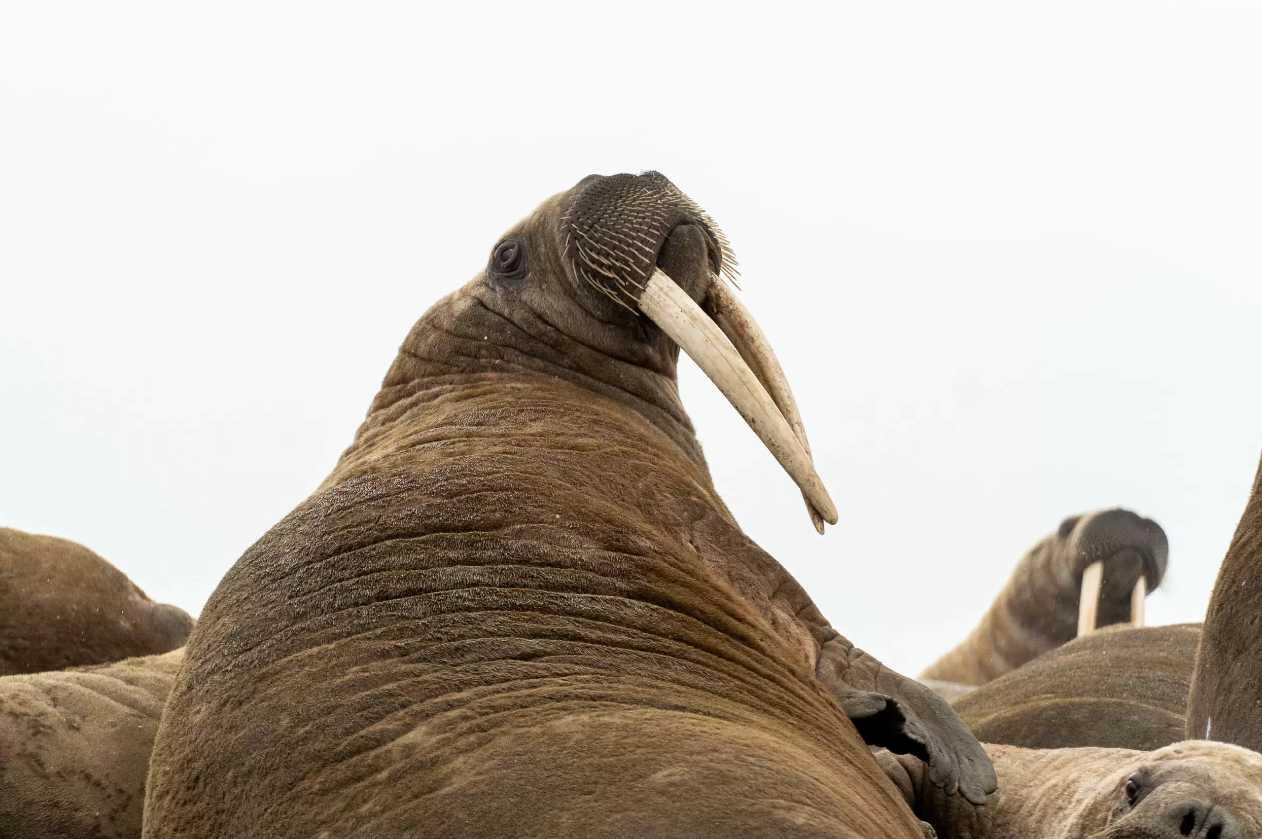
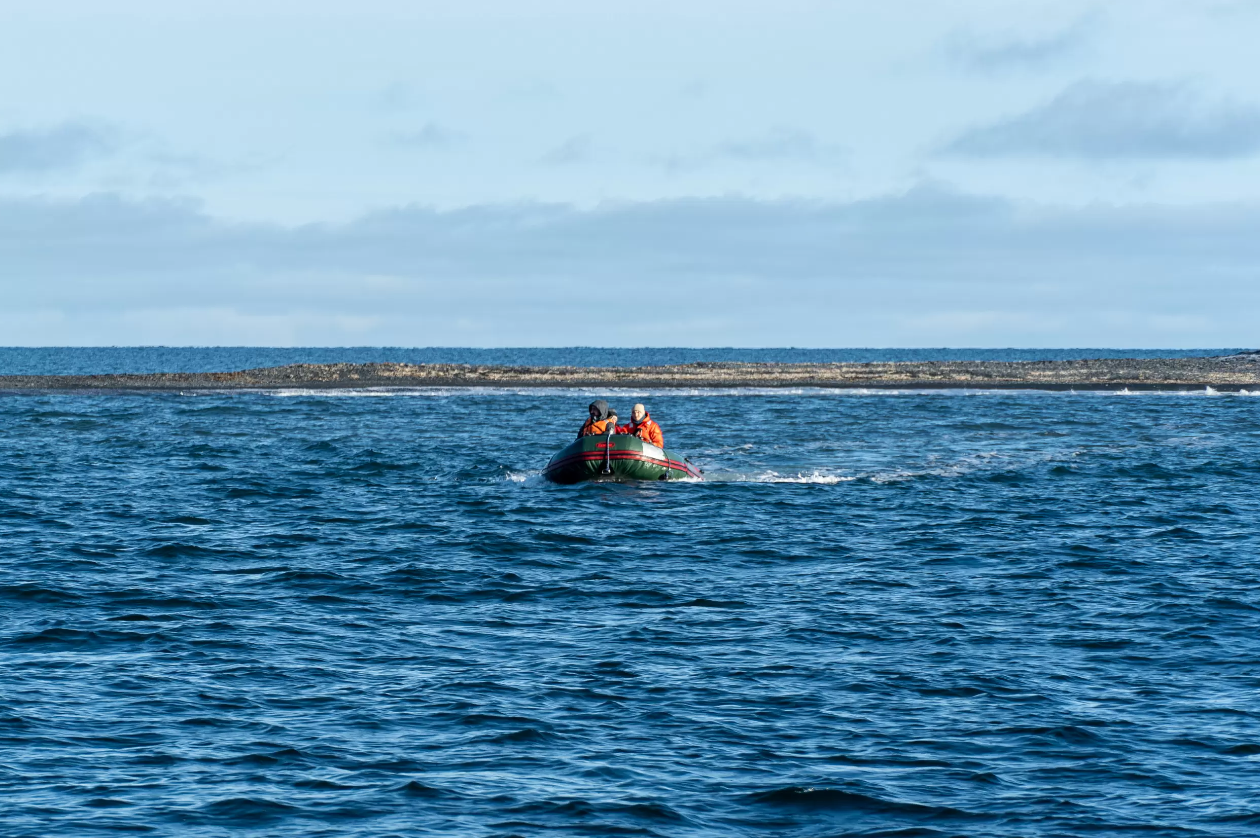
The first satellite data have already surprised scientists: one of the “marked” walruses from the coast of Taimyr moved to the New Siberian Islands, covering more than 800 kilometers in a week. Experts continue to monitor the travels of pinnipeds, in parallel with the analysis of biological samples and collected materials, which will take several months.
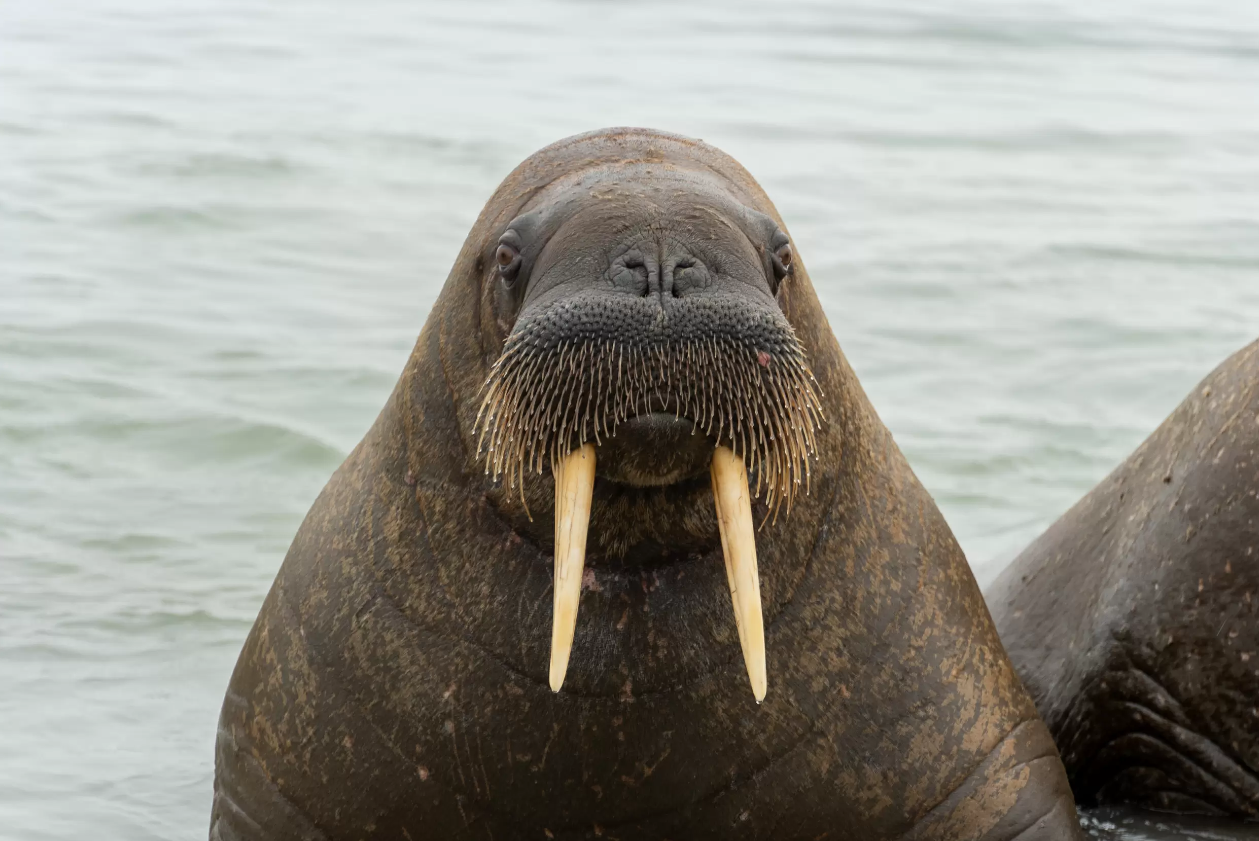
Related materials:
Plus-one: "The Red Data Book walruses of the Laptev Sea will be tracked with the help of satellites"
Interfact Russia: "Russian scientists for the first time examined the rookeries of little-studied walruses in the Laptev Sea"
Pobeda.RF: "Scientists are exploring little-studied pinnipeds"
Fishnews: "Science will receive an array of valuable information about the "Red Book" walruses"
